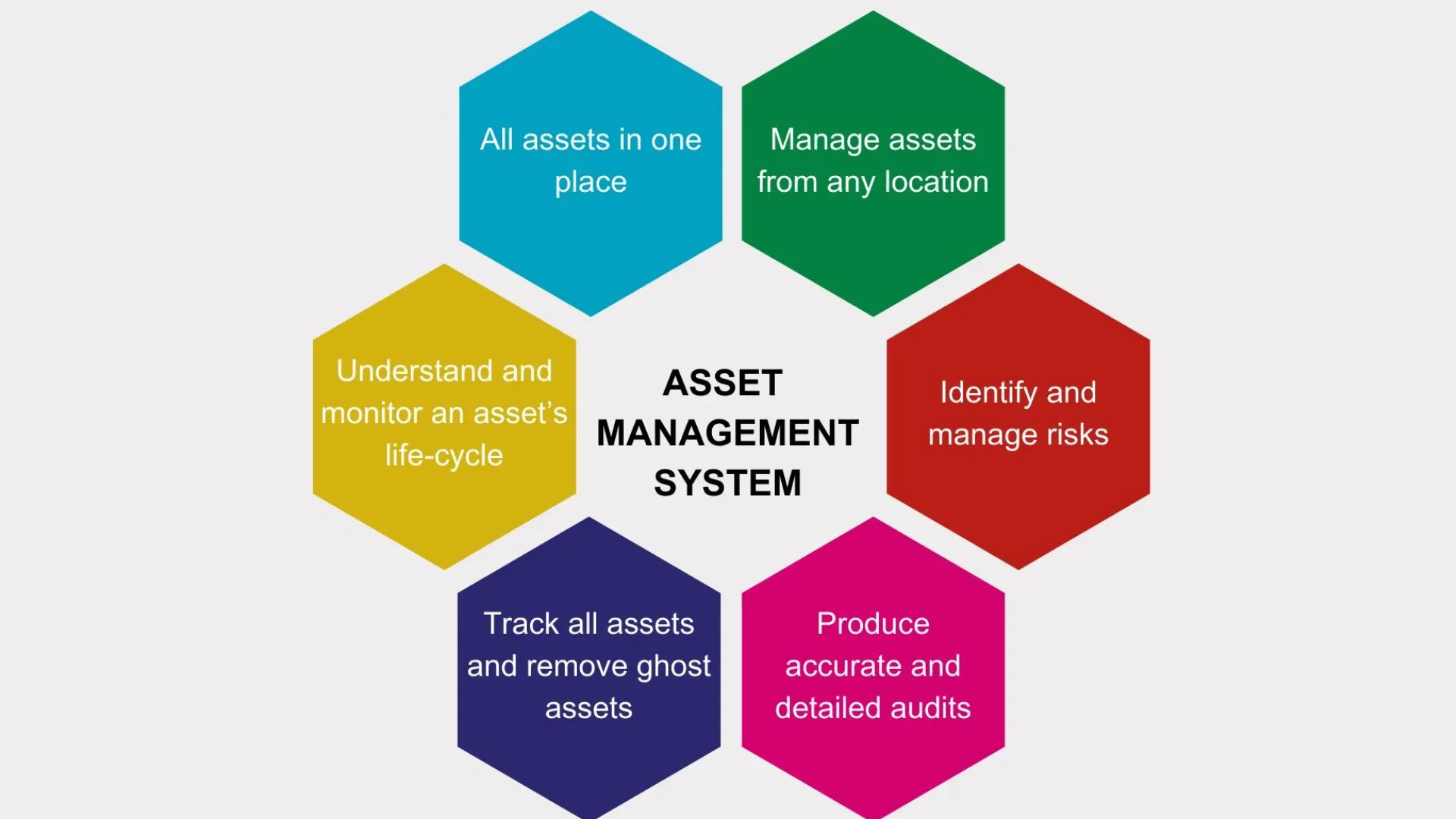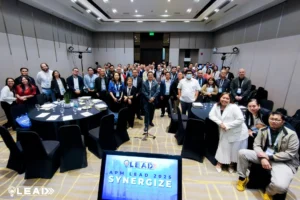
In the realm of asset management, the quest for operational excellence and strategic advantage is relentless. Organizations continuously seek methodologies and standards that can guide their efforts towards efficiency, sustainability, and resilience. The integration of Asset Performance Management (APM) within the framework of the ISO 55000 Asset Management Standard offers a compelling pathway to achieving these objectives. This article explores the relationship between APM and ISO 55000, highlighting how combining these can provide organizations with a competitive edge.
Understanding APM and ISO 55000
Asset Performance Management (APM) is a strategic approach to managing the lifecycle of an asset to maximize its value. APM leverages technology and analytics to predict failures, optimize maintenance schedules, and improve the overall reliability and availability of assets. It encompasses practices such as condition-based monitoring, predictive maintenance, and reliability-centered maintenance.
ISO 55000 is an international standard that provides a framework for establishing, implementing, maintaining, and improving an asset management system. It outlines a set of requirements that enable organizations to achieve specific objectives through the effective and efficient management of their assets. The ISO 55000 series is built on a foundation of continual improvement and is designed to be adaptable to various types of assets and organizational structures.
The Synergy
The integration of APM practices within the ISO 55000 framework creates a robust structure for organizations to manage their assets strategically and operationally. This synergy can be broken down into several key areas:
Strategic Alignment: ISO 55000 emphasizes the alignment of asset management with the broader organizational objectives. APM enriches this alignment by providing the tools and technologies to ensure that assets perform effectively and efficiently, directly contributing to achieving strategic goals.
Risk Management: Both APM and ISO 55000 focus on identifying, assessing, and managing risks associated with asset failure. APM technologies can predict potential failures and suggest preventive measures, while ISO 55000 ensures that risk management is embedded in the asset management system, creating a proactive culture of risk awareness.
Optimization of Asset Lifecycle Costs: APM strategies are designed to extend the life of assets and optimize their performance. ISO 55000 complements this by providing a framework for making informed decisions that consider the total cost of ownership, ensuring that assets deliver value for as long as possible.
Performance Measurement: A key component of ISO 55000 is the establishment of performance indicators to monitor and measure asset management objectives. APM provides the data and analytical tools necessary to track these indicators, enabling continuous improvement in asset performance and management practices.
Sustainability and Compliance: Both APM and ISO 55000 address the importance of sustainability and regulatory compliance in asset management. Integrating APM with ISO 55000 ensures that environmental, social, and governance (ESG) considerations are factored into asset management decisions, promoting sustainable practices.
Implementing APM within the ISO 55000 Framework
Organizations looking to implement APM within the ISO 55000 framework should consider the following steps:
- Assessment and Planning: Conduct an assessment of current asset management practices and identify areas where APM can add value. Develop a plan that aligns APM initiatives with ISO 55000 requirements.
- Integration and Deployment: Integrate APM tools and technologies into the asset management system. Ensure that processes and procedures are updated to reflect the use of predictive analytics, condition monitoring, and other APM methodologies.
- Training and Culture: Foster a culture that embraces continuous improvement and innovation. Provide training for staff on both APM technologies and the principles of ISO 55000 to ensure cohesive implementation.
- Monitoring and Continual Improvement: Use APM data and analytics to monitor asset performance and inform decision-making. Continually refine asset management practices in line with ISO 55000 principles to drive improvement.





